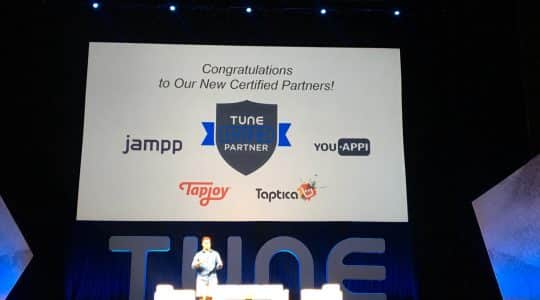
Ocean Descent, from the PSVR demo disc
VR has been around for decades, but is finally getting hot now. AR, or augmented reality, got a big boost from Pokémon Go in 2016. And the kind of mixed reality (MR) demonstrated in Microsoft’s HoloLens is the newest and perhaps most long-term interesting form of alternate reality, with use cases in engineering, service, medicine, and more.
But are these technologies ready for marketing primetime?
We asked 55 marketing influencers about VR and marketing, including luminaries like Bryan Kramer, Joel Comm, Tamara McCleary, Sara Austin, and Robert Scoble. I summarize some of their conclusions above.
Long story short? It depends who you are.
If you’re in travel, retail apparel, home decor, or expensive discretionary purchases like cars, sure. Get started, dive in, and focus on the brand story. Not ready to do full VR? Create 360-degree video with cheap, easily available hardware, and post it on social sites so people can access it on their smartphones without expensive and bulky VR sets, but still get a richer picture of not only your product offering, but how they would look and feel if they experience it in real life.
The key is keeping things simple.
Brands can spend a lot of money chasing new technology and not getting results. The goal is creating “a more personalized connection between customer and brand,” as Tamara McCleary put it.
The best way to do that? Don’t build gimmicks:
“Brands should use VR/AR/MR very carefully and contextually. Using a reality tech as a gimmick or for the sake of the tech will only make a brand look silly or clueless. Reality tech is powerful and extremely persuasive; users can easily be fooled into thinking something is real …
Placing ads like billboards or pop-ups will break the experience and make a user feel disconnected. Brands will have to figure out clever ways of integrating their products into experiences seamlessly. Product placement in subtle ways, or through machine learning/AI techniques will have more of an impact on the user in the end.”
– Dulce Baerga, tech blogger and full-stack AR and VR developer
There’s one thing that’s clear: VR has the potential to great intense emotional engagement.
Whether you’re swooping over the planet in Google Earth, or facing a simulate ocean experience, people have deep, heart-racing experiences in virtual reality. Sometimes the real and virtual get blurred, as they did for my 81-year-old mother swimming with the sharks on PlayStation VR.
Use that carefully, respectfully, authentically, and people just might thank you with their wallets.
Author
Before acting as a mobile economist for TUNE, John built the VB Insight research team at VentureBeat and managed teams creating software for partners like Intel and Disney. In addition, he led technical teams, built social sites and mobile apps, and consulted on mobile, social, and IoT. In 2014, he was named to Folio's top 100 of the media industry's "most innovative entrepreneurs and market shaker-uppers." John lives in British Columbia, Canada with his family, where he coaches baseball and hockey, though not at the same time.




Yes, ofcourse VR is the next big thing. You can use VR apps for different purpose.